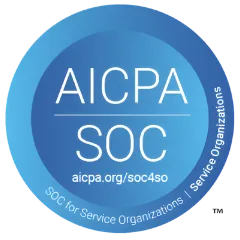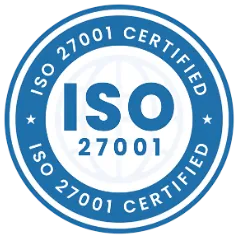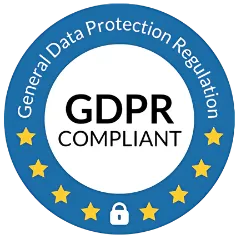ITAM consists of practices and processes that look for the management and optimization of IT systems and assets that an organization has at its disposal. ITAM strategy includes implementation of maintenance and tracking of IT assets to keep a track on their optimization, expenses, their upgrades etc.
An ITAM strategy requires thorough details of IT systems, assets and inventory to keep a check on every single item present in the organization, including hardware, software, network servers, etc.
The principal goal of ITAM is always to drive for more profits and savings back into the business through asset tracking and management.
Most Implemented Types of Asset Management
As asset management being a broad term can connote many aspects. Some of the most implemented types of asset management strategies are given below for IT organizations especially.
Also Read: What is IT Asset Management and why is it important?
IT Asset Management
ITAM is a comprehensive business practice that includes financial and contractual support to ITAM life cycle process for management and implementation of strategized ITAM decision making. ITAM is included with the organization to function over the management of IT systems and assets.
Digital Asset Management
The benefit of a digital asset management system in effect is that it gives you the privilege of updating and receiving all the information at a centralized location which can also be instantly retrieved when needed.
It is a balanced and secure state of the process for management to get together with business to retrieve, search, track, access, and monitor data related to all the acquired assets and inventory. Through a digital platform, anybody can access the data at any time from anywhere.
Software Asset Management and License Management
Software asset management is concerned with the effective and controlled management of software assets for their protection. It is important to get a significant report about the software being used in the organization along with those which are licensed from the 3rd party to ensure their due payments and agreements.
Fundamentals and Key Process Areas of ITAM
ITAM helps the organization get a closer look at the level and mark the position of IT assets to stay on top with investments and simpler ways to manage technology budgets, user data, analytics reports, and any relevant information about the organization's IT assets.
ITAM helps in audits, assists in increasing the asset life cycle and keeps tracks of all the IT systems and assets which is an important aspect for business growth.
Key Process Areas for ITAM

Program Process
IT asset management is a centralized process that throughout supports of all phases of the IT lifecycle with this organizations can develop an ongoing program to continue all IT related activities within the organization.
Policy Management
In an organization, all the policies need to be defined and established for future aspects of business and therefore are forced to be managed with the ITAM strategy approach along with IT assets. All these IT asset-related policies should be clear and easily understood by all.
Communication Management
An organization should have a cultural environment that conducts and supports education, awareness, and training for ITAM strategies and policies which is quite essential before its actual usage. This also helps organizations to plan the necessary changes to mark and implement in accordance with ITAM for their effective use.
Project Management
ITAM requires a project management strategy to ensure that all the decisions that are taken are well organized, efficient, and effective. It also helps organizations to gather all the resources to maintain and manage IT processes.
Documentation Management
Documentation related to IT assets shall be organized and maintained for the life cycle of the IT asset. These documents include invoices for purchases, software licenses, other related certificates with important information.
Financial Management
It is important for finance departments to focus on budgets, fixed asset reconciliation, invoices, forecasting, financial audit preparation and billing of all the IT systems and assets to reconcile with ITAM strategy to be successfully carried out for business growth.
Also Read: What Are the Benefits & Best Practices for IT Asset Management?
Compliance
ITAM approach should focus on risk avoidance and always keep the organization prepared for a potential audit. This process area helps prepare in meeting compliance regulations and establishes a mindset for effectively resolving non-compliance issues as well.
Acquisition Management
Organizations should gather information on all the required IT assets before their acquisition or deployment. At this stage, you should have a clear understanding of what is required according to the relevant policies and life-cycle processes for the IT assets present in an organization.
Asset Identification
After the acquisition of assets, each IT asset shall be identified, located, and placed in the asset management system so that the updated information makes it easier to quickly find and identify the IT asset you need or search for.
Disposal Management
After the assets are fully utilized or when the assets complete their life cycle, most IT assets become redundant, outdated or dysfunctional. Then is the time when organization need a strategy for their disposal.
But before disposing of the dysfunctional assets you need to consider their backups such as relocating software, managing data, maintaining information security, and mitigating the risks associated with that asset.

IT systems and assets acquire a large proportion of the organization's total asset functioning. IT assets are both expensive to acquire and maintain. As a result, asset management plays a crucial role in helping IT teams to ensure efficient use of the organization's resources in the needs of supporting business functions.
Key Goals of Asset Management in IT Department
- Enforce compliance with security policies and regulatory requirements as by law.
- Enhance productivity by employing technology to support business needs.
- Reduce licensing and support costs by elimination of underutilized assets and licenses.
- Limit overhead costs of managing the IT systems and assets.
The Benefits of Effectively Managed It Assets for an Organization Are:
- Assets visibility & control
- Improved asset utilization
- Audit requirement compliance
- Regulatory requirement compliance
- Reduced costs of software and hardware
- Support for changes and projects of the organization
- Alignment of asset costs to services
- Configuration data for service management
- The data source for accurate decisions
Also Read: IoT Asset Management is The Best Option For Logistics Industry?
Conclusion
It is important to build an ITAM strategy to make it work out in favor of your business as it holds and covers the power over almost all the areas and departments of your organization. Asset management software gives the privilege to track the assets and inventory in an optimistic manner.

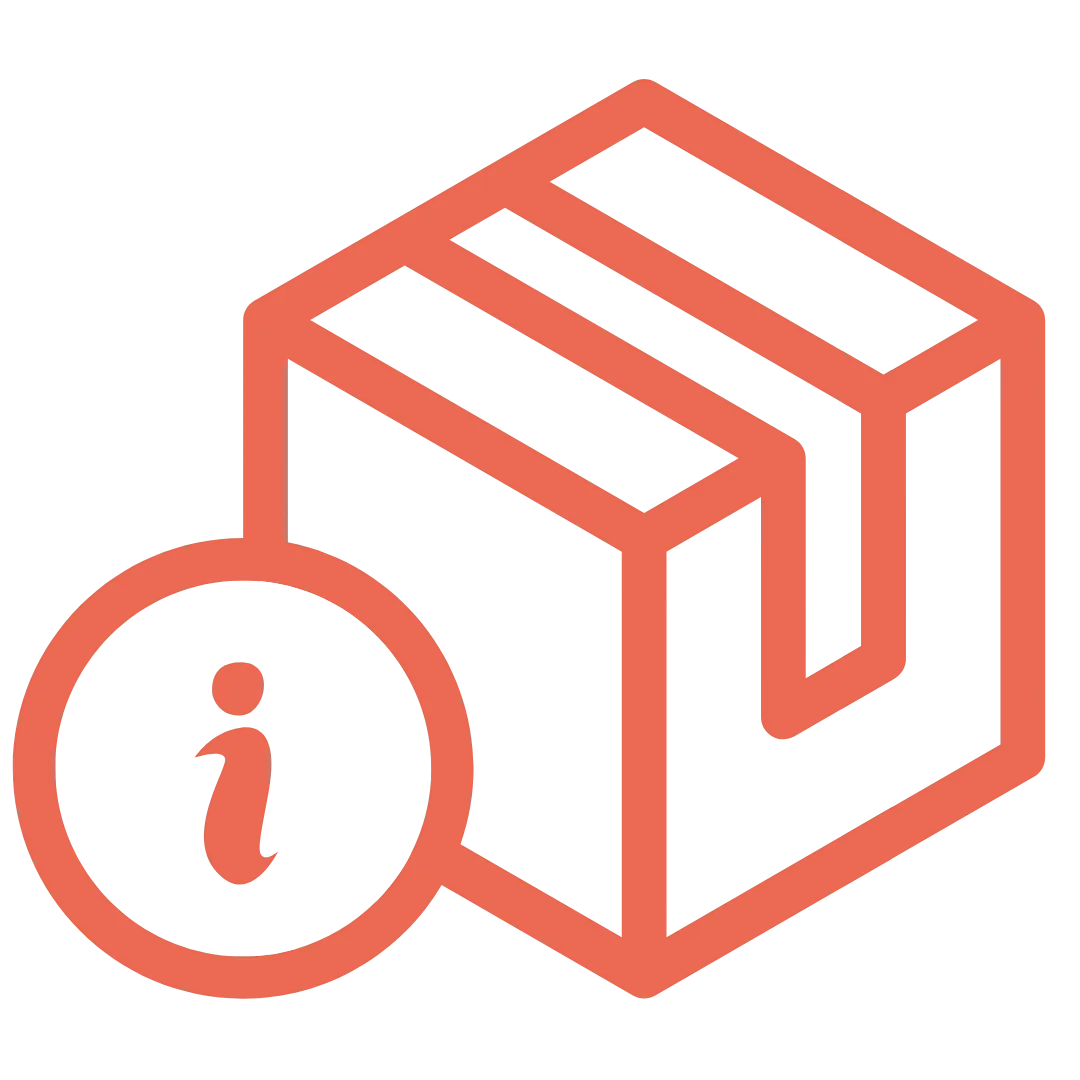
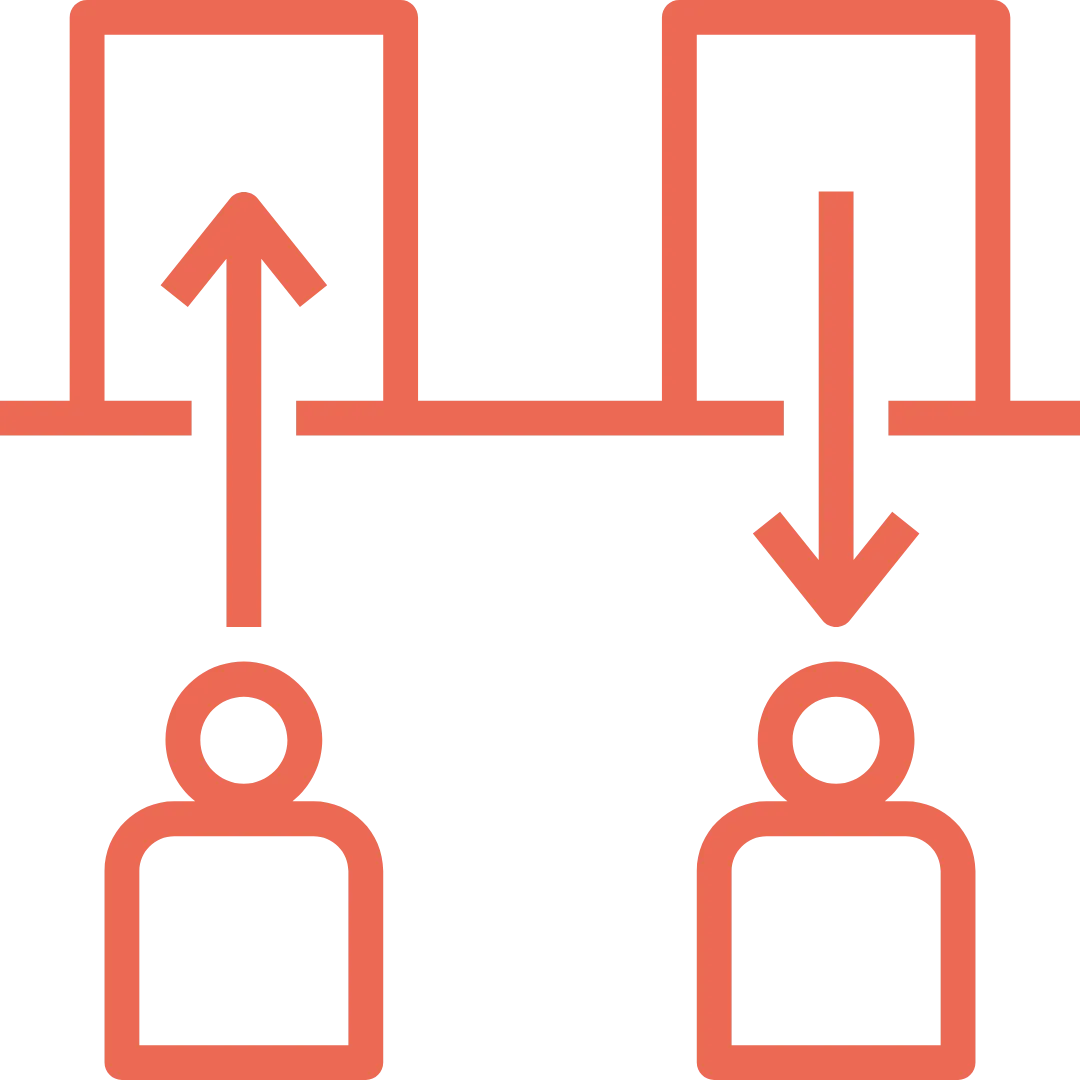
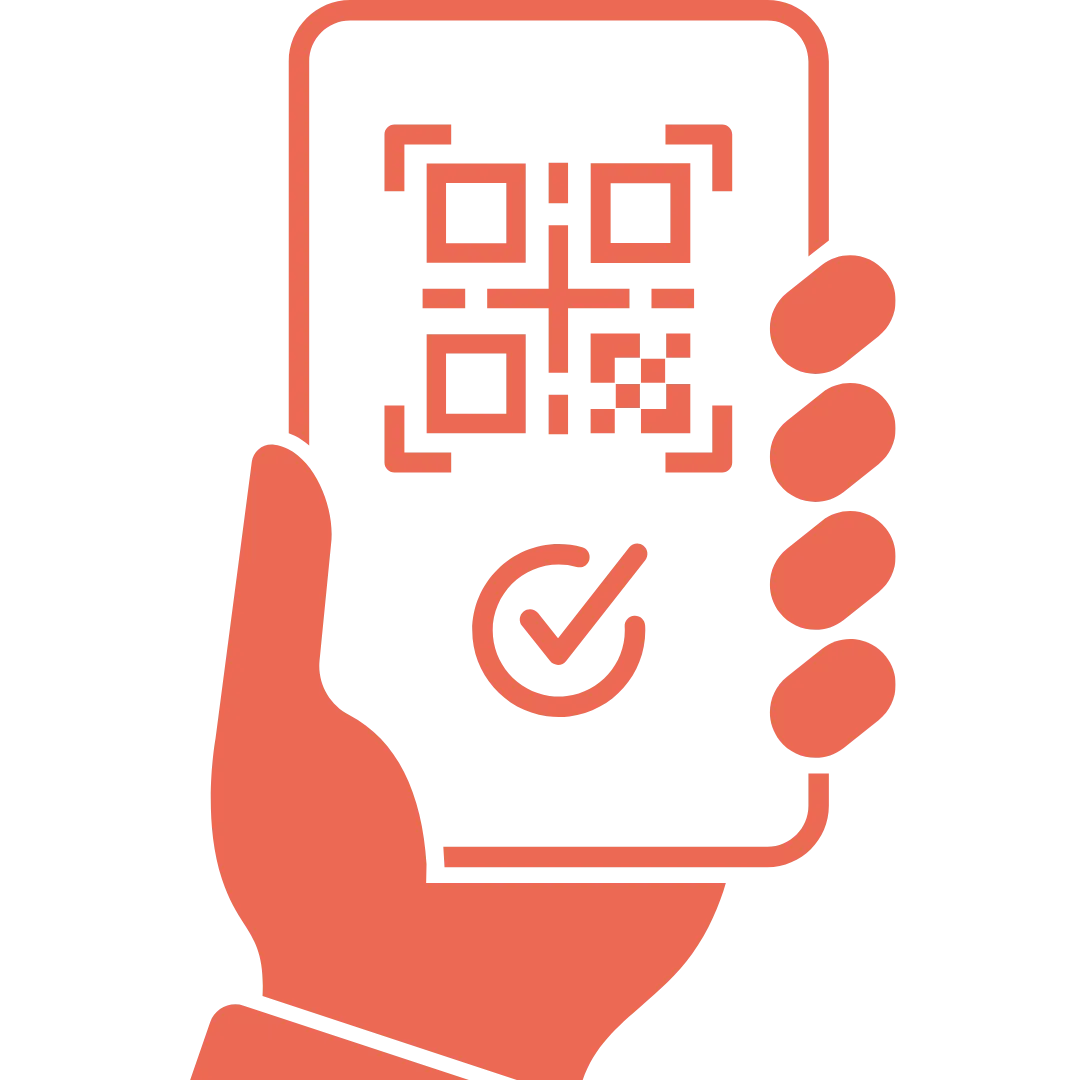





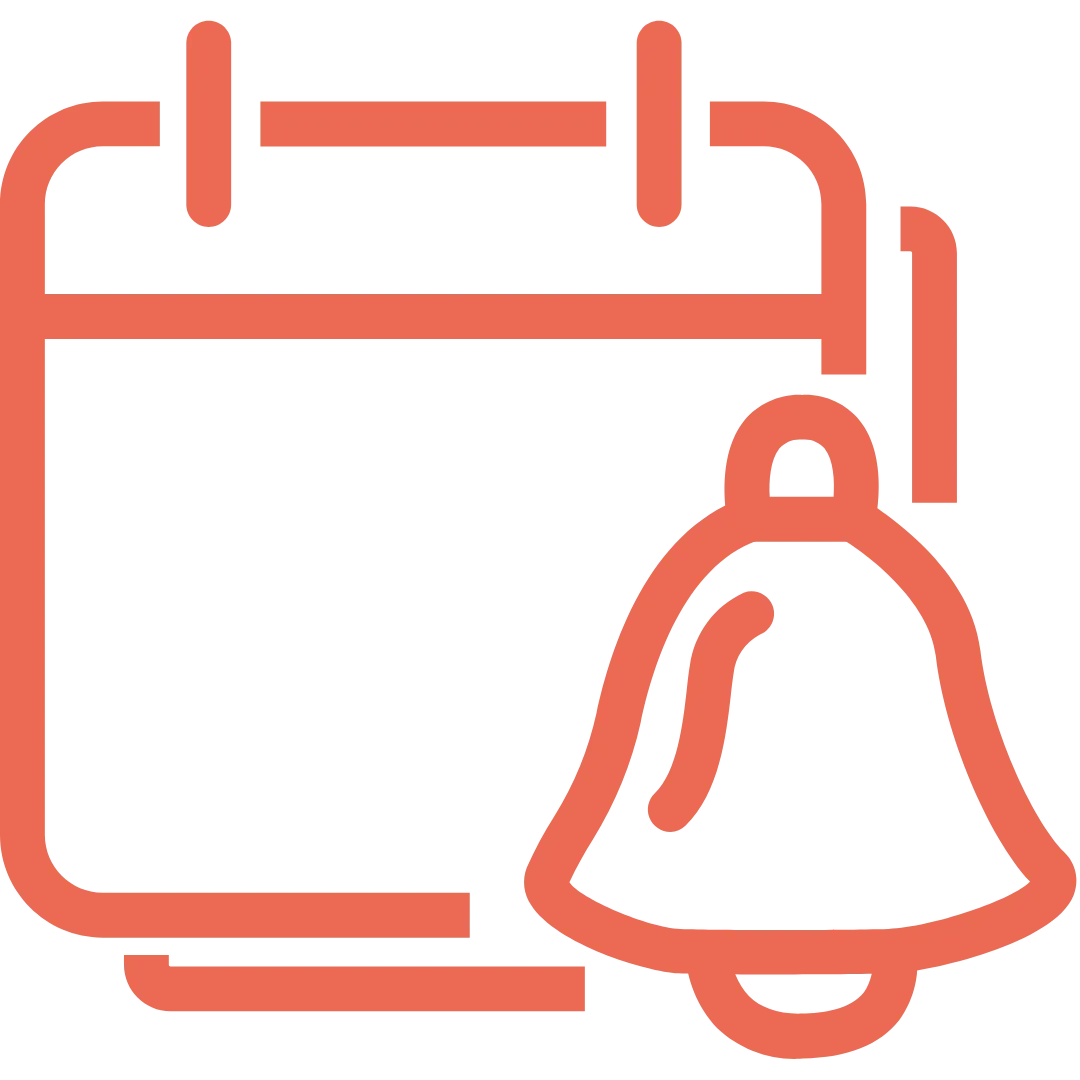

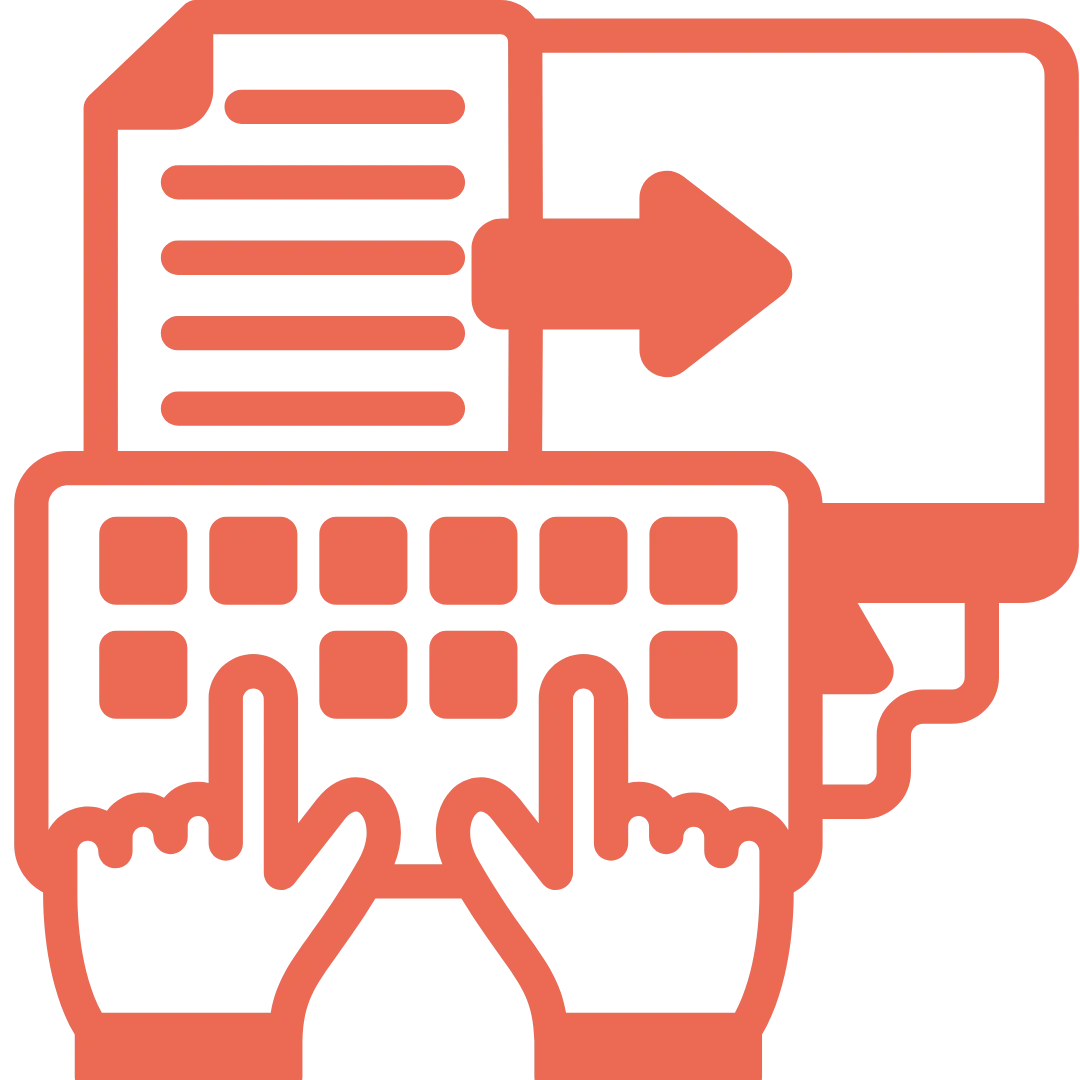
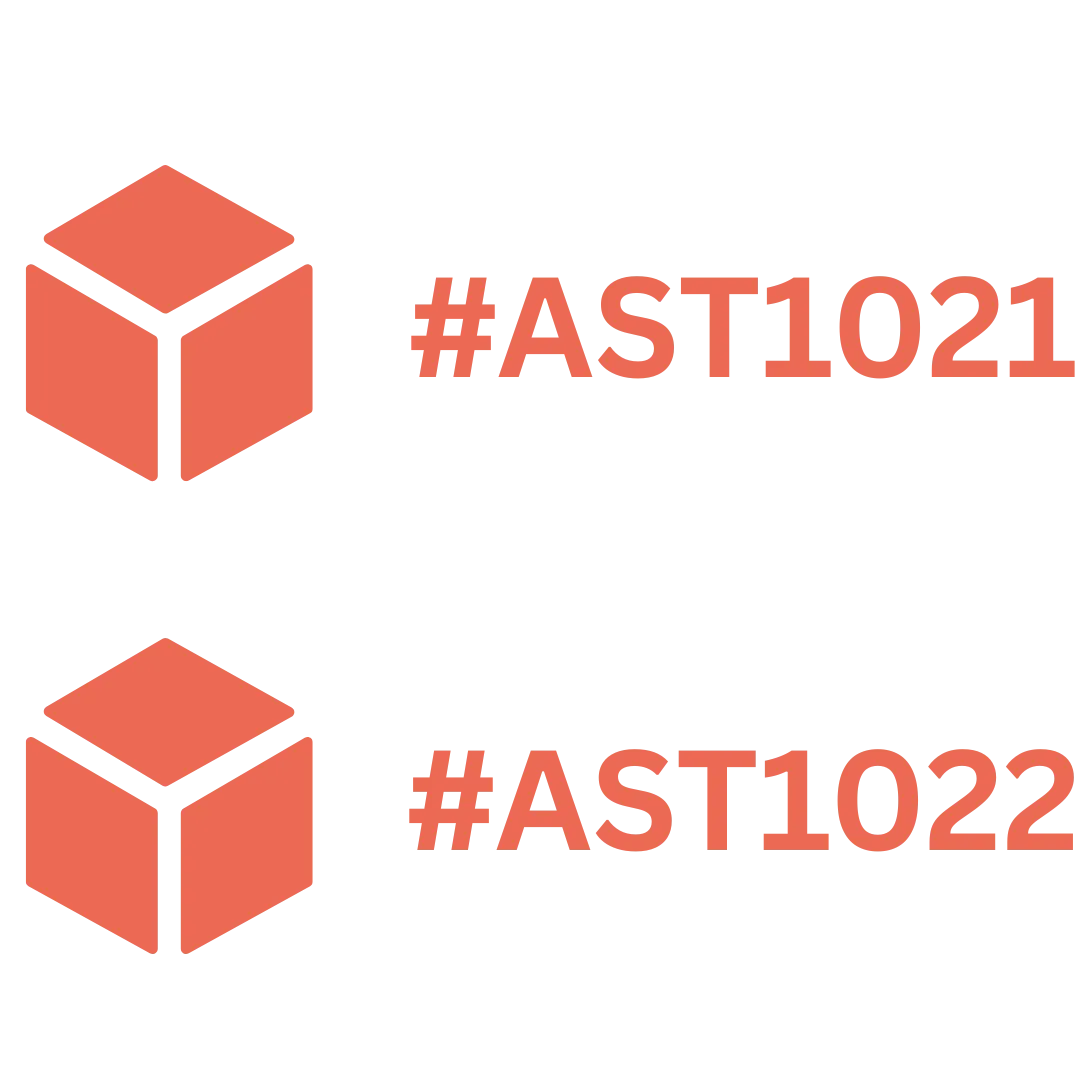


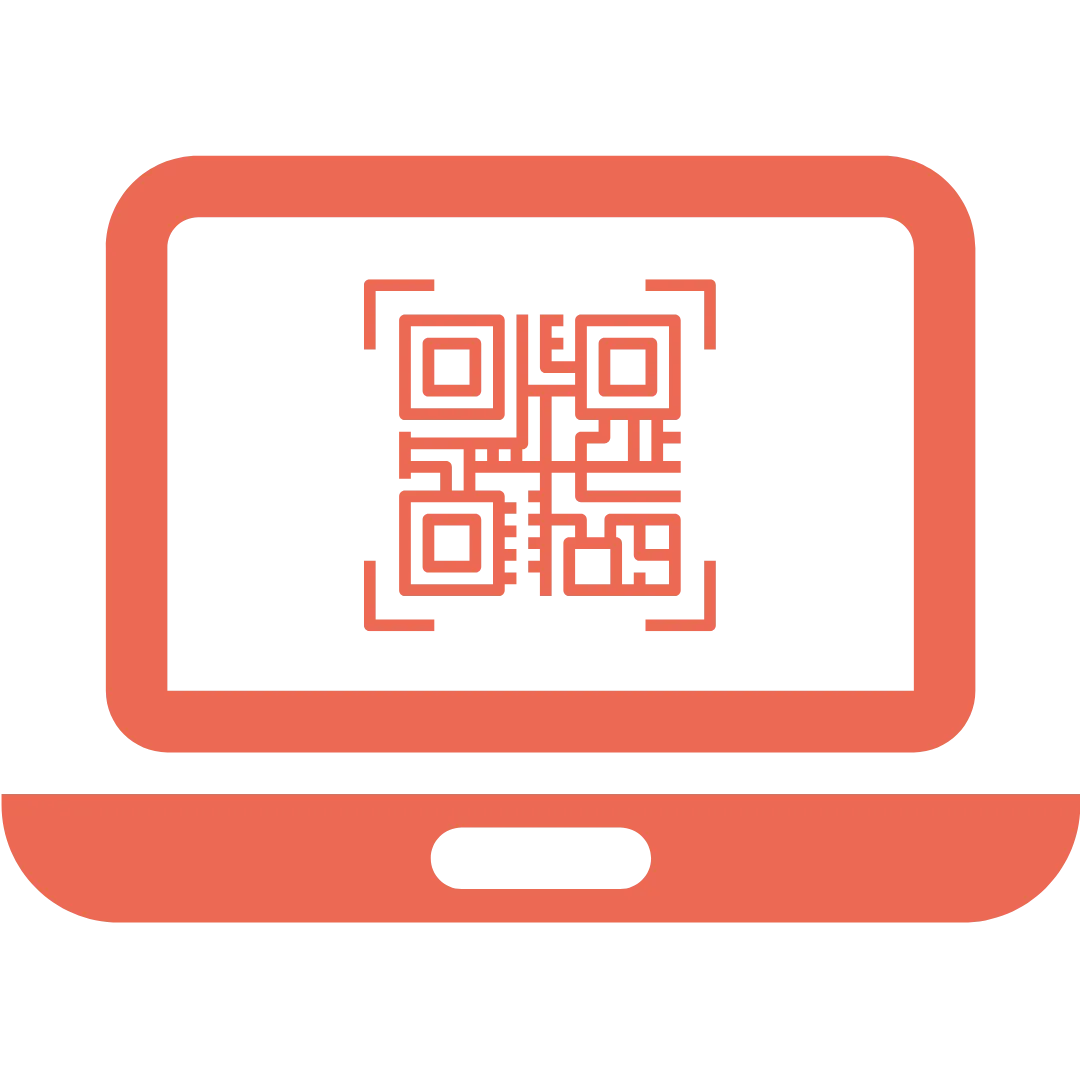
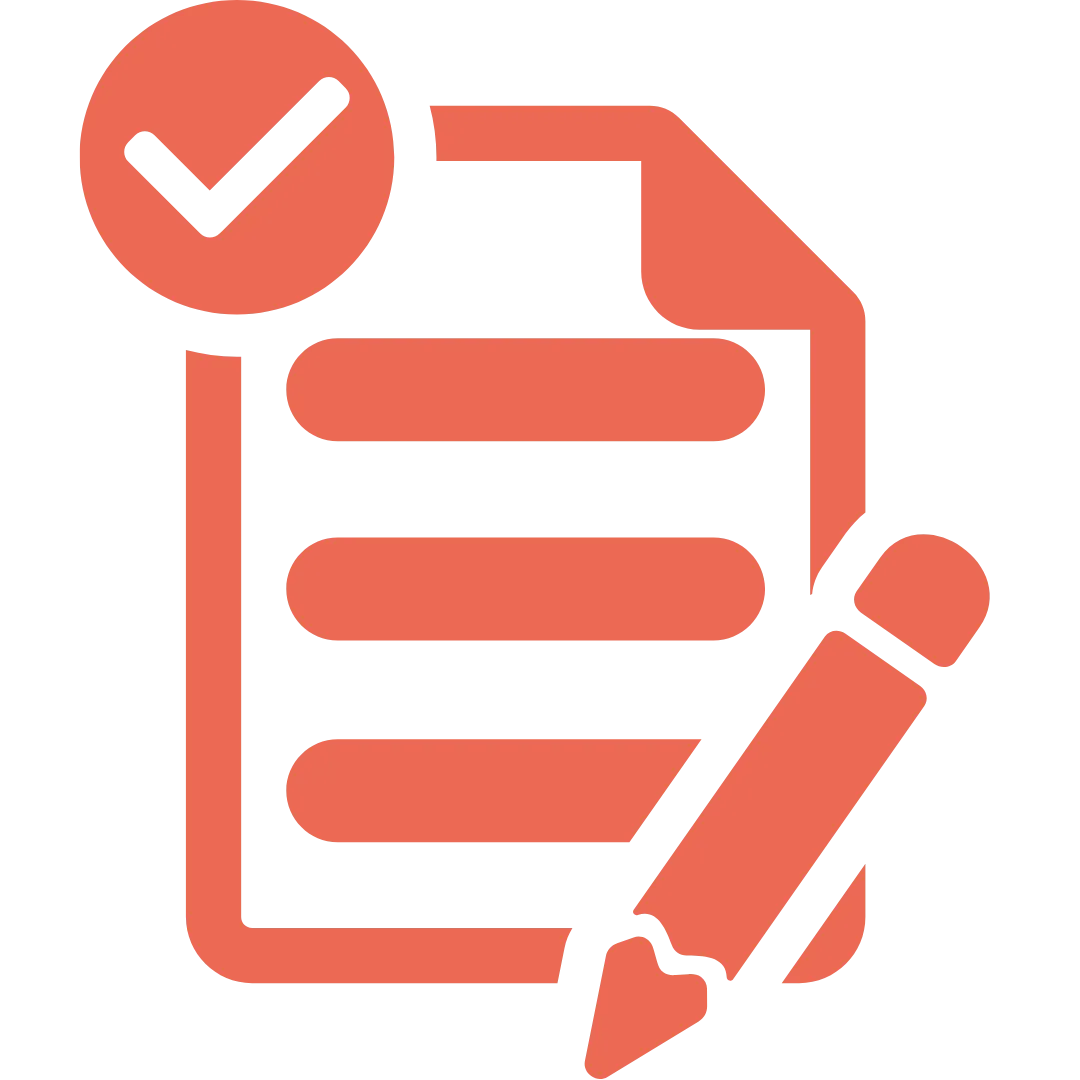

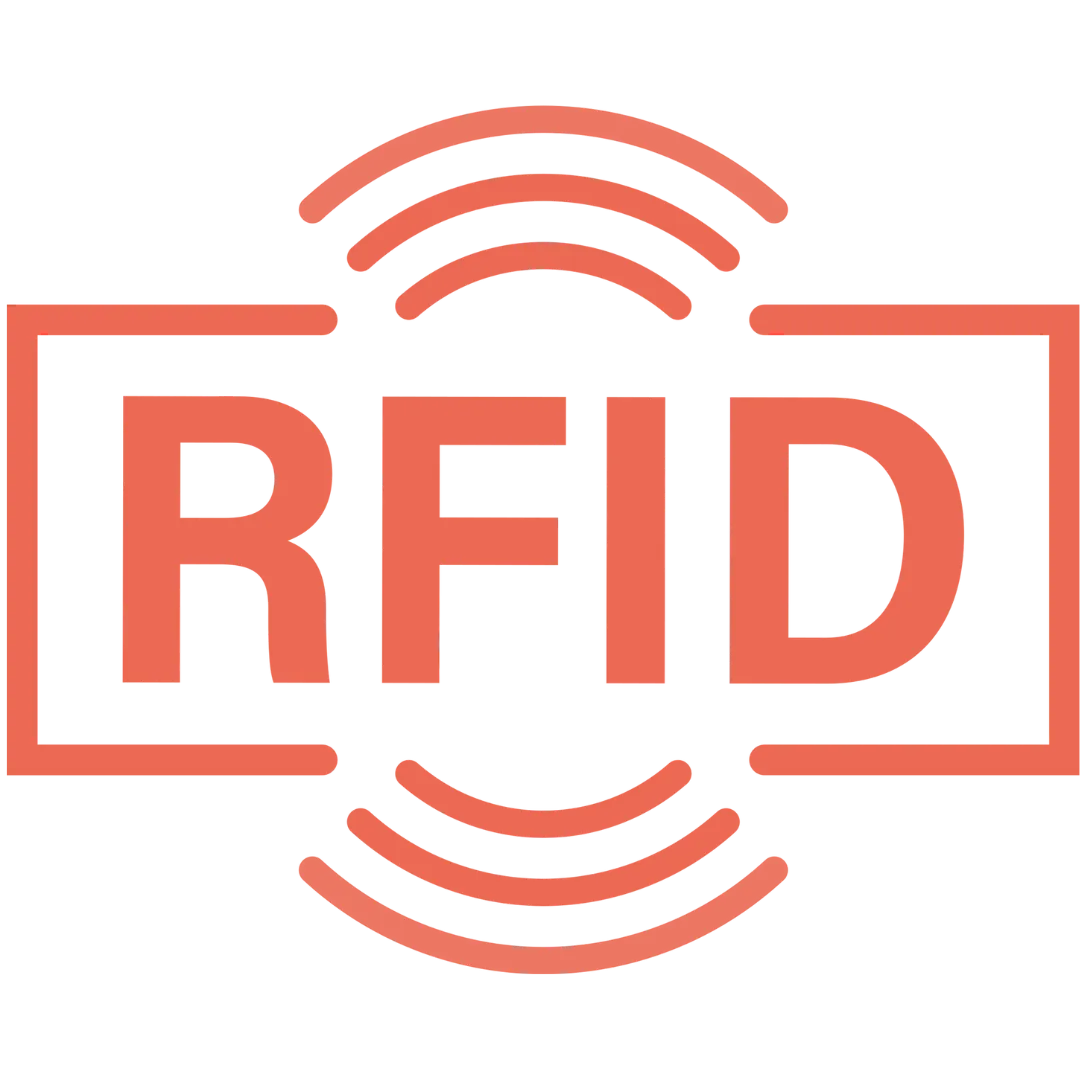

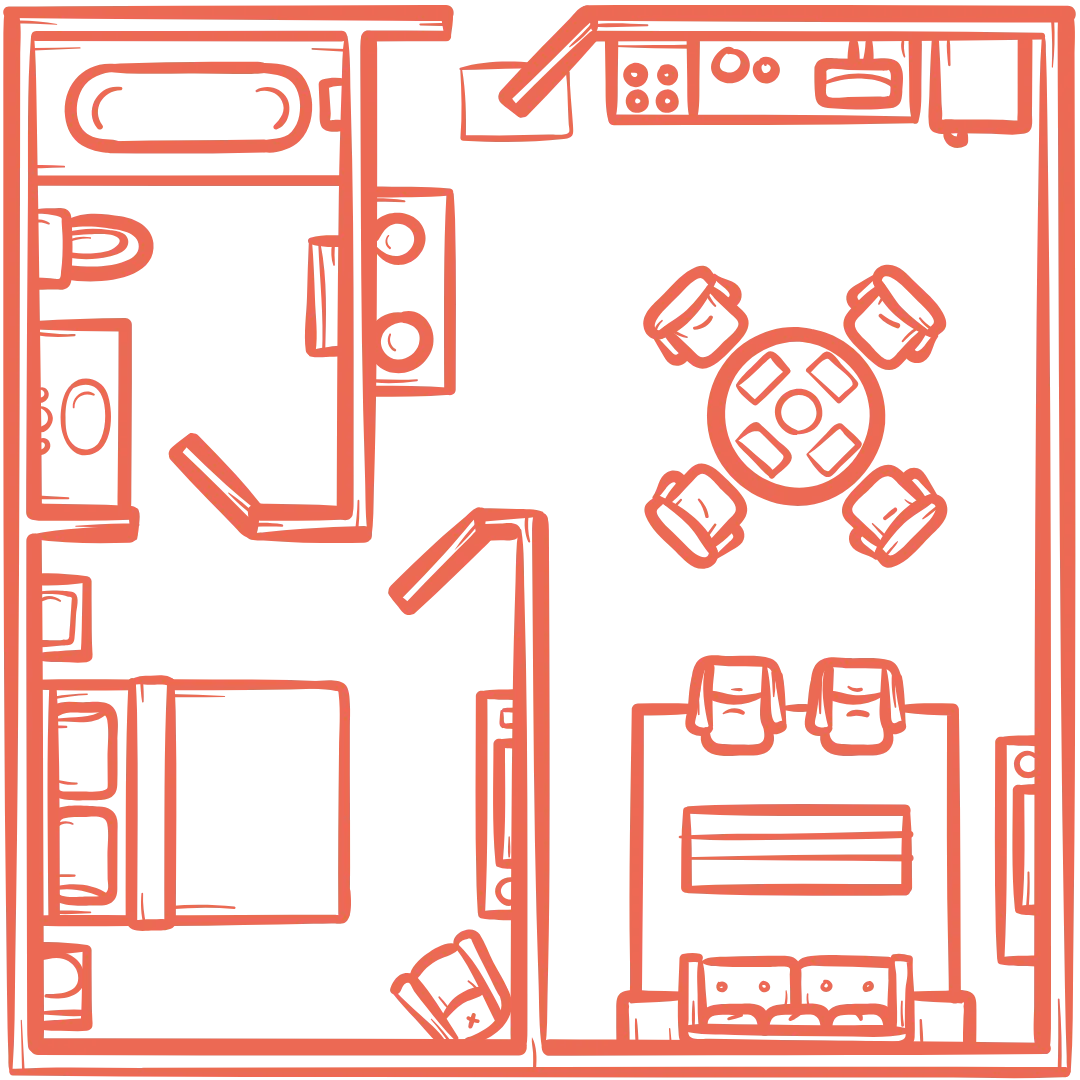




























.webp)
.webp)
.webp)
.webp)
.webp)
.webp)
.webp)
.webp)
.webp)

.svg)




.webp)
.webp)
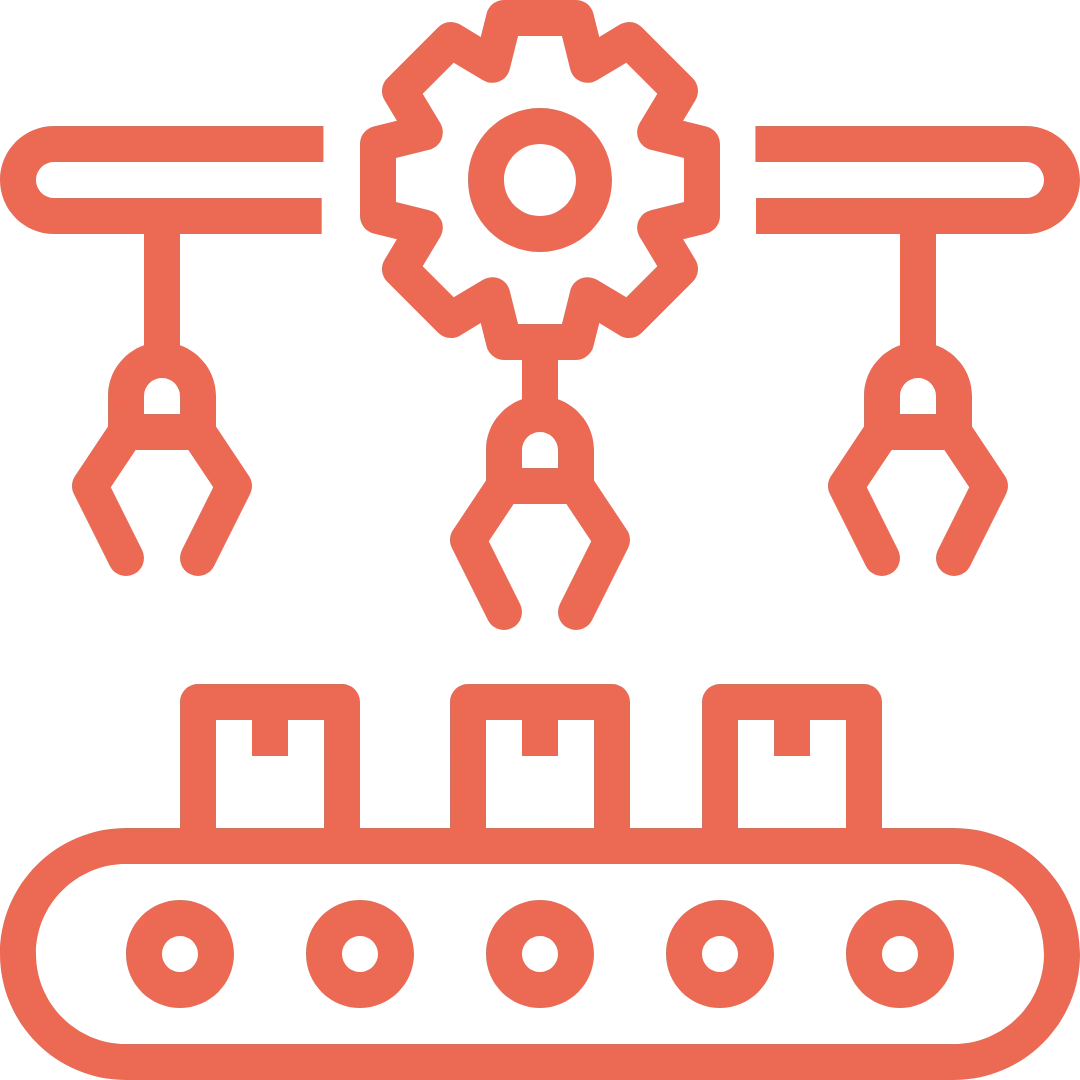




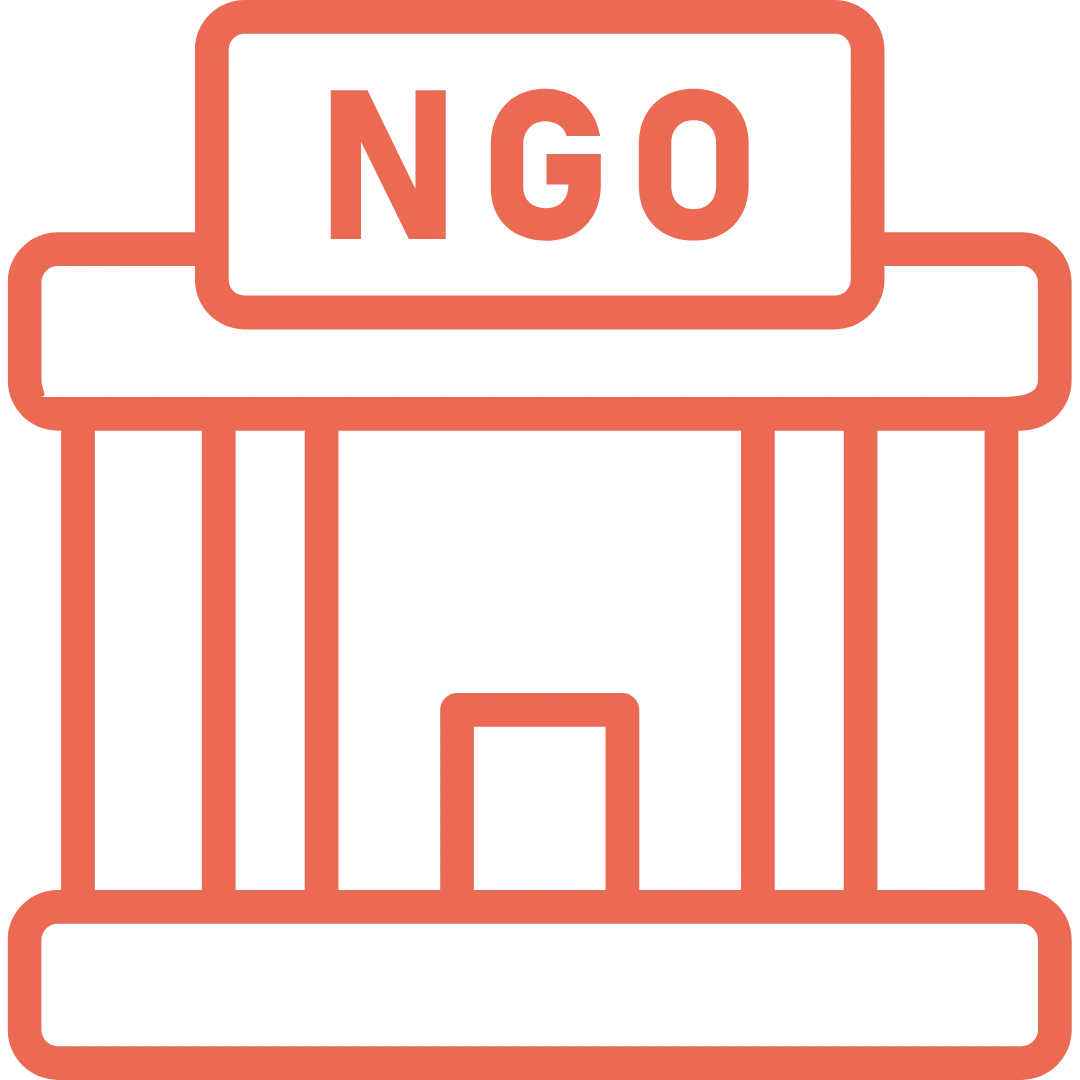
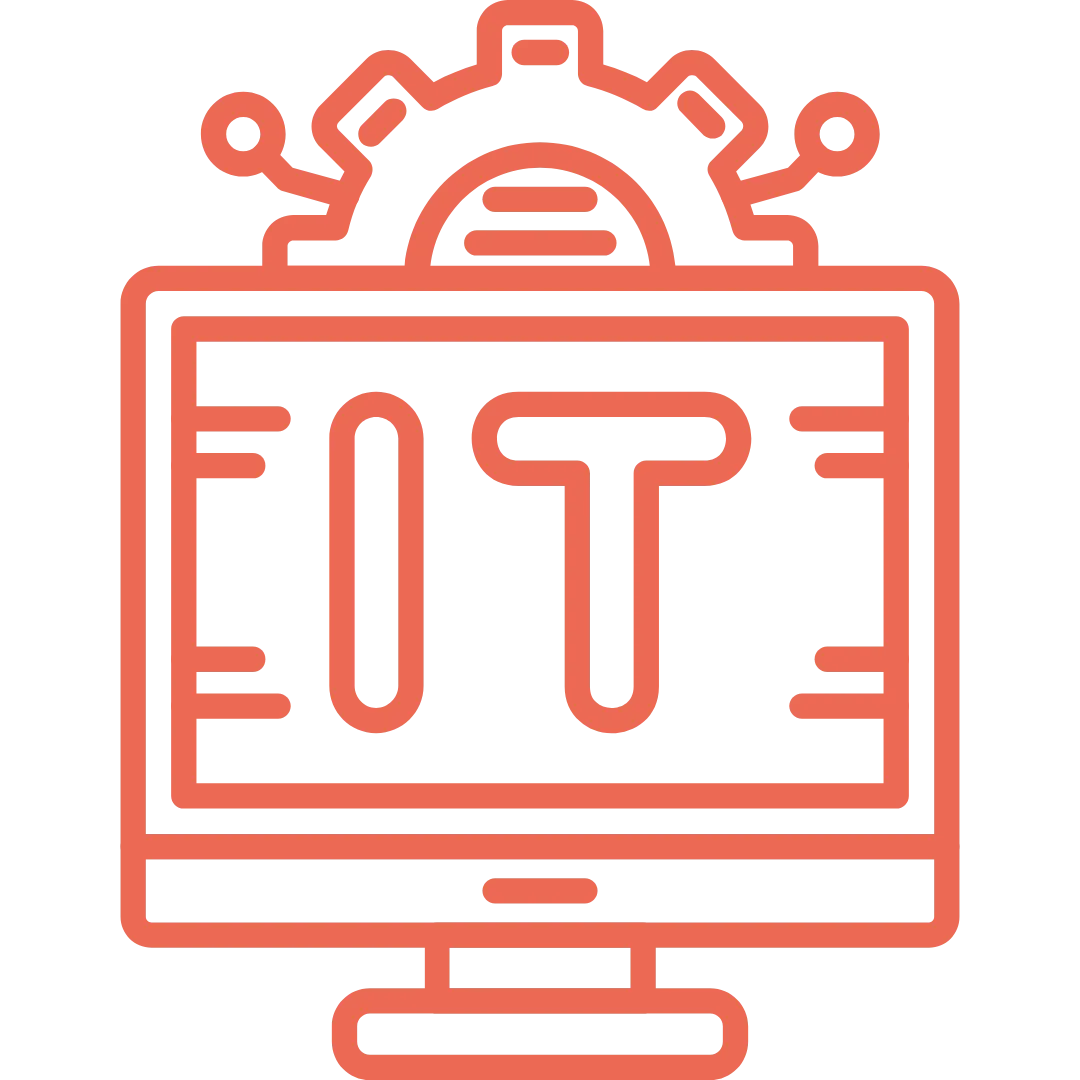


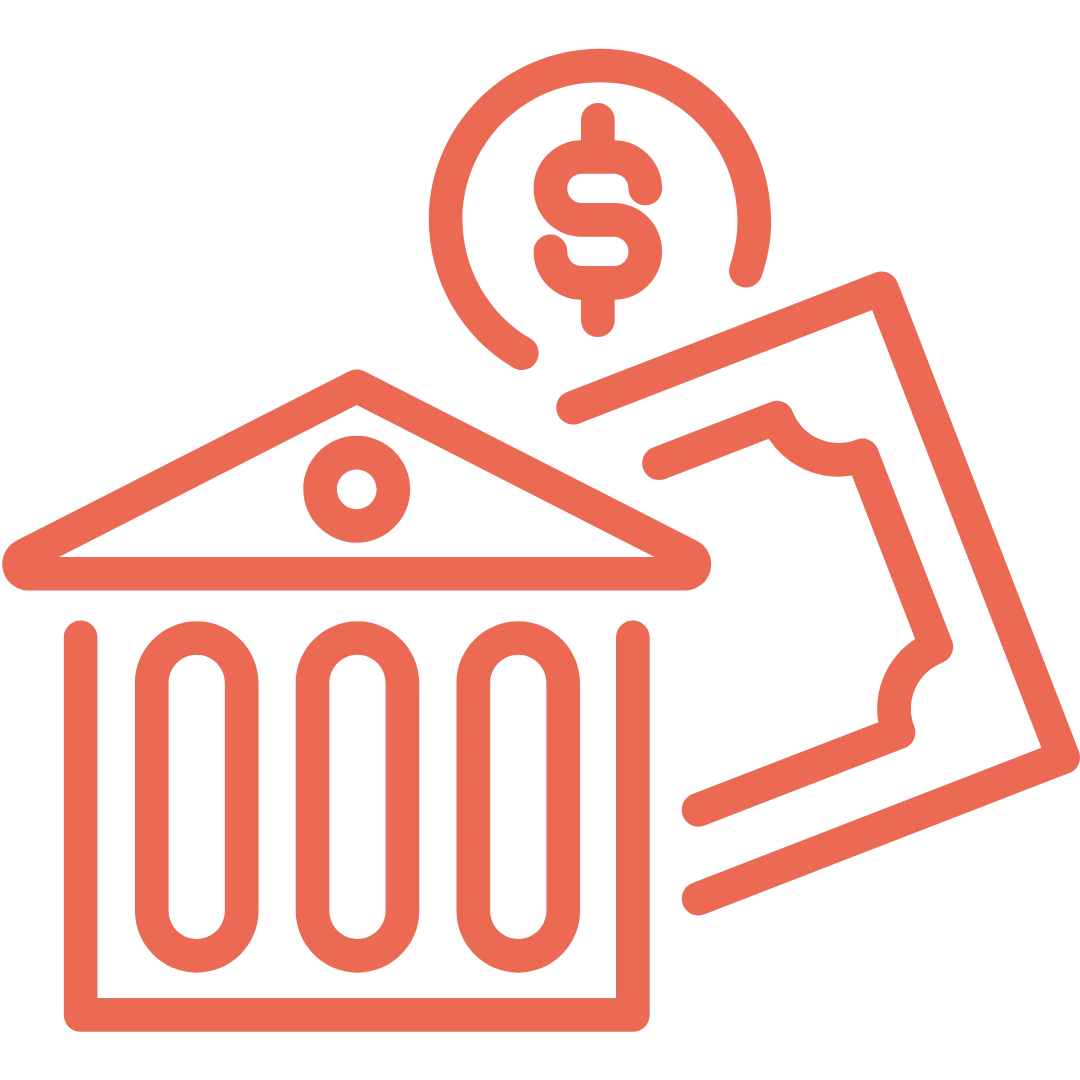




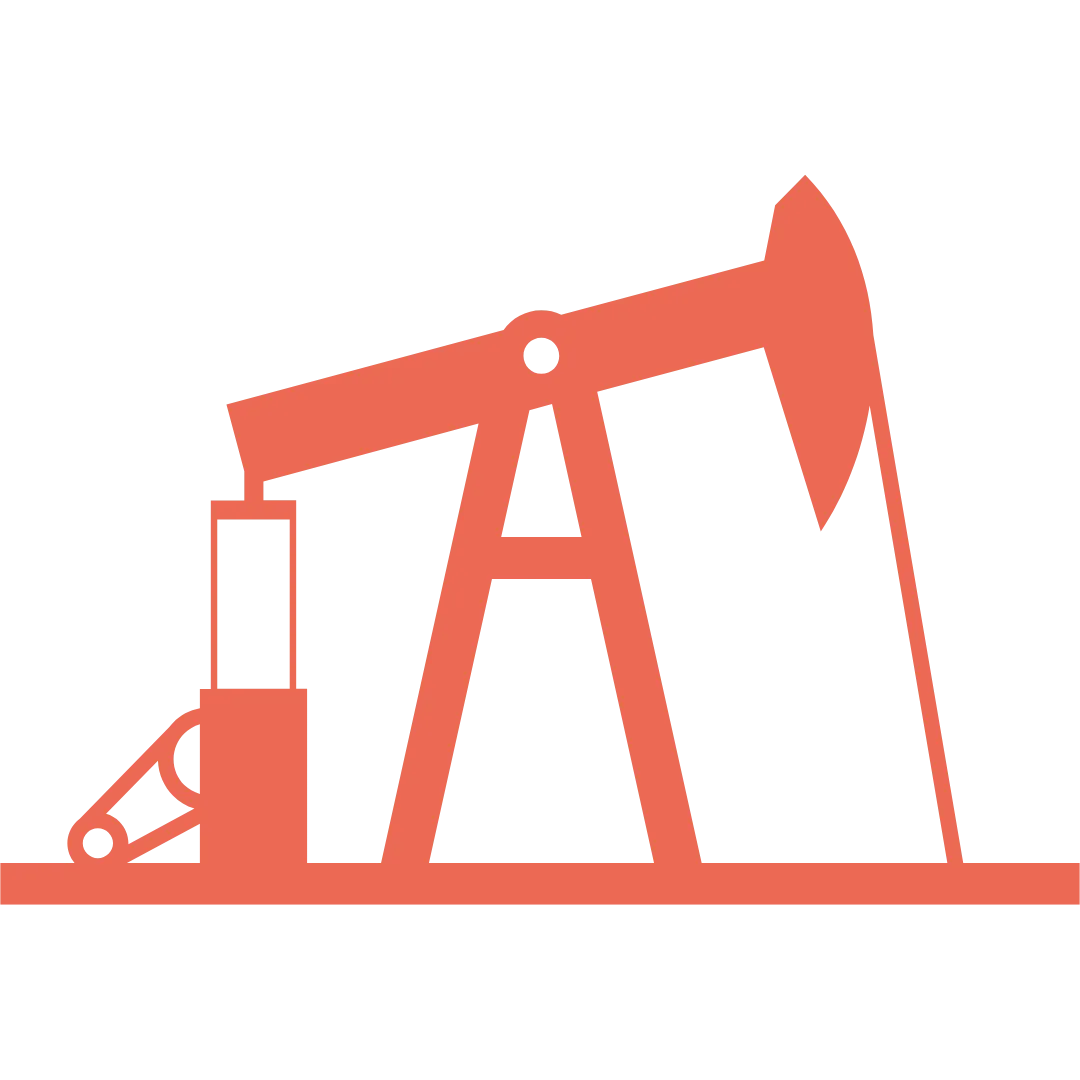
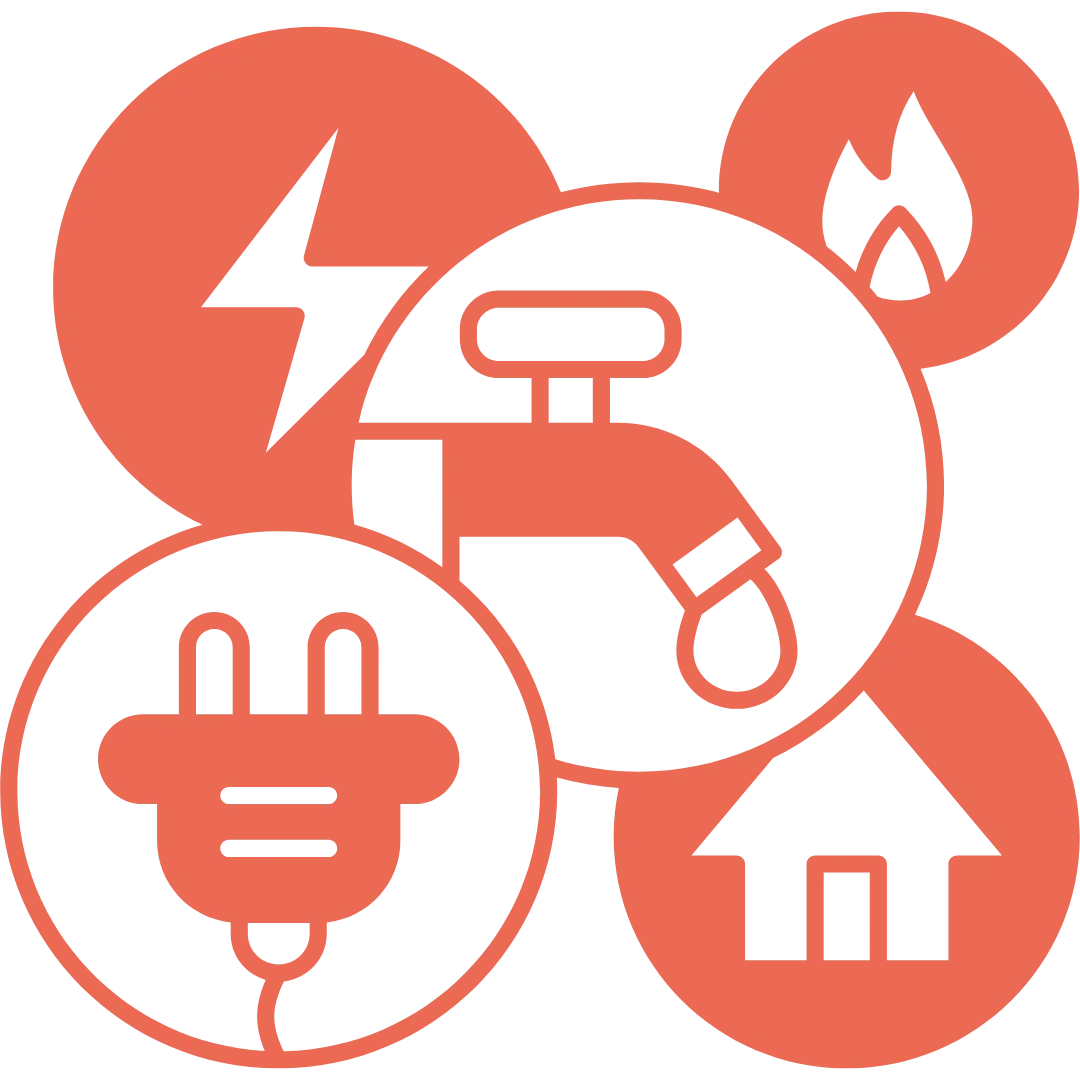




















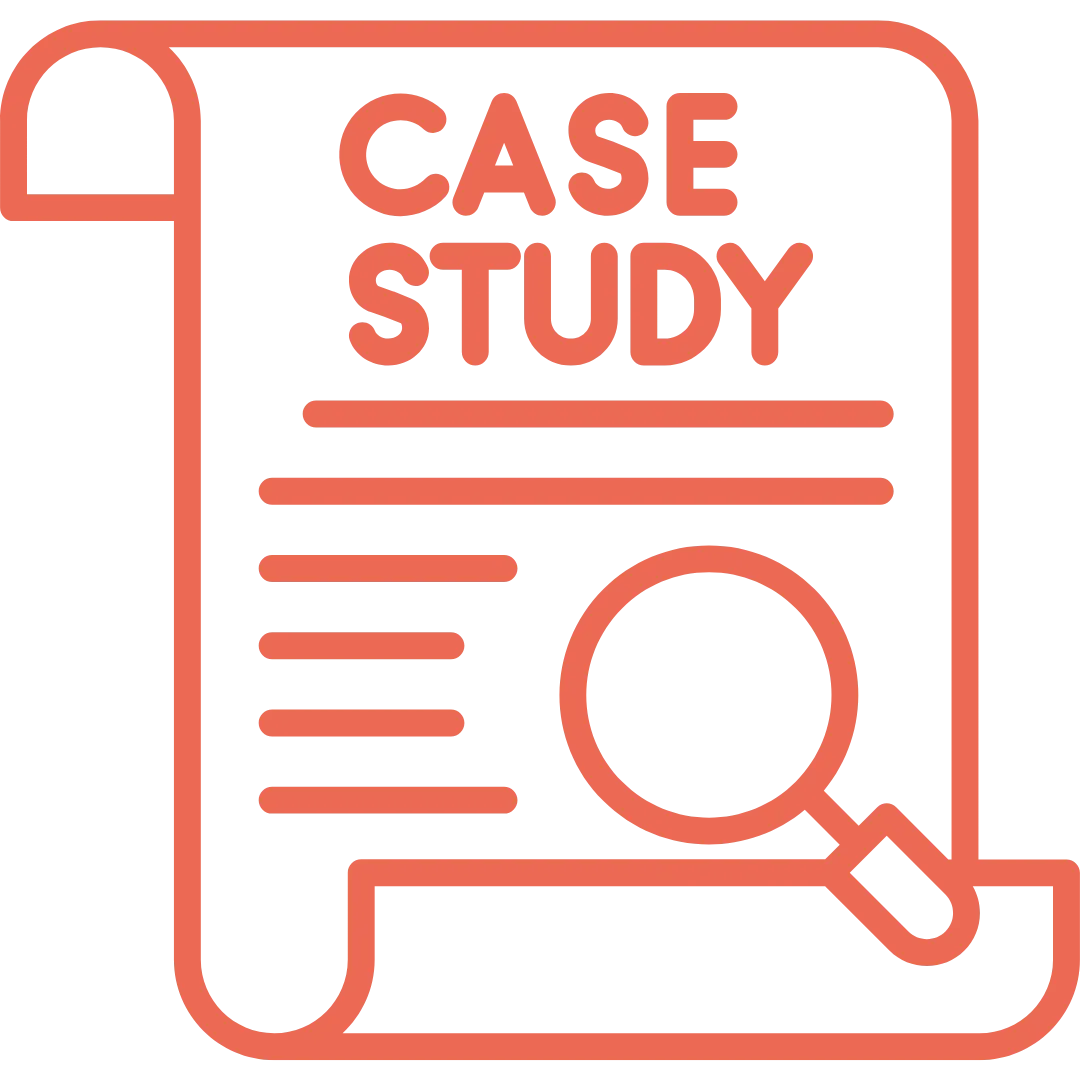






.png)

.png)


.webp)

















